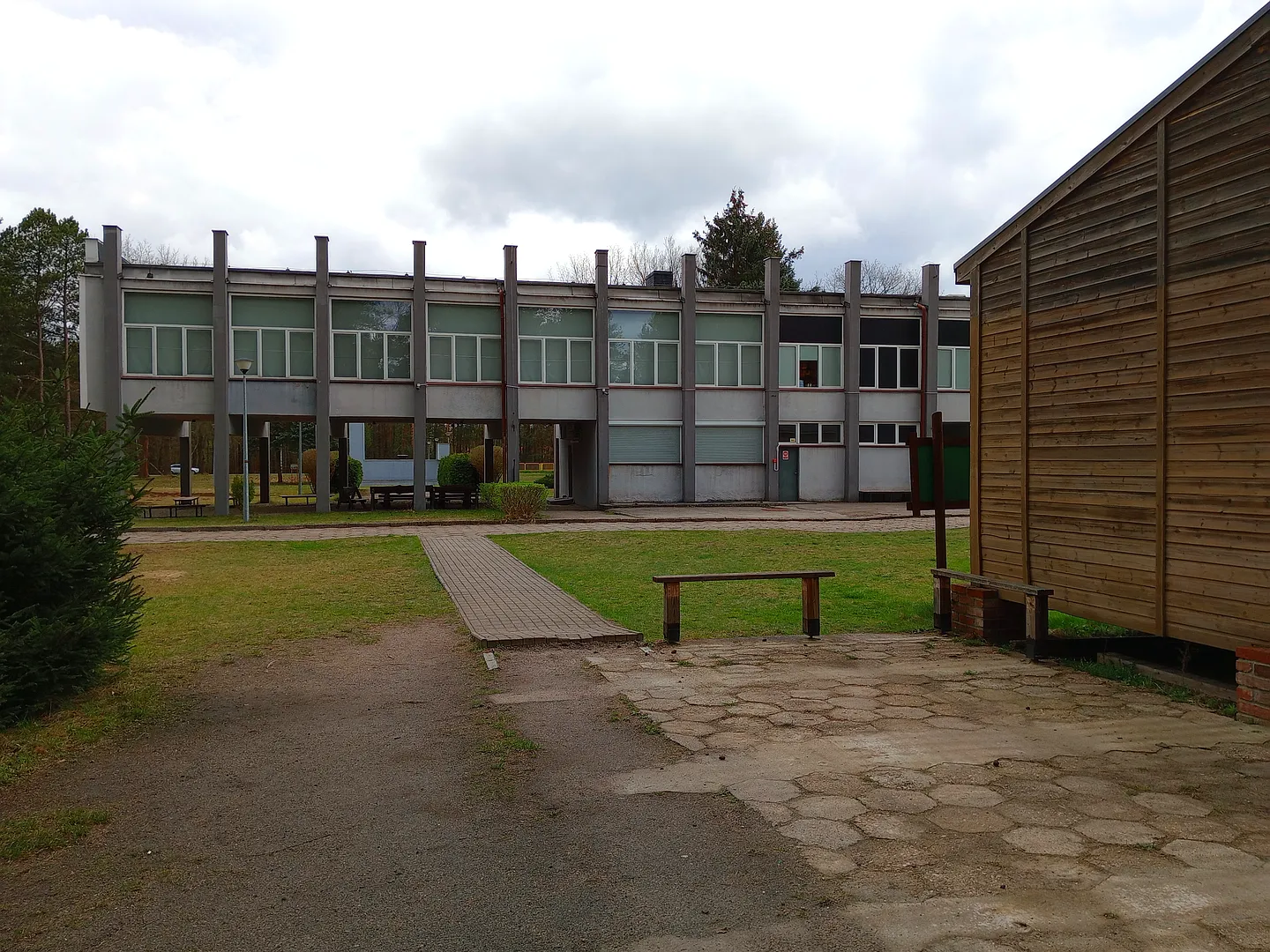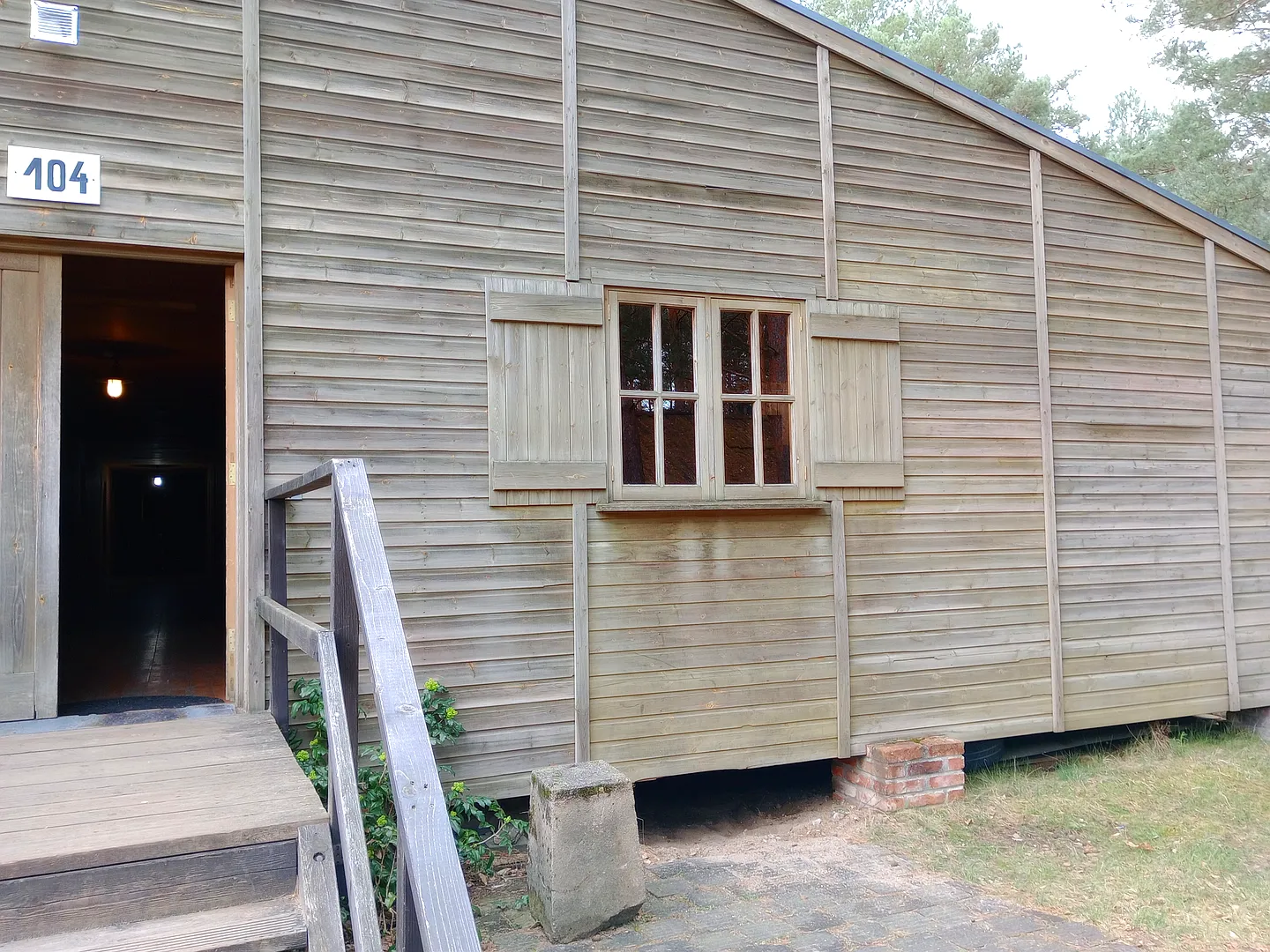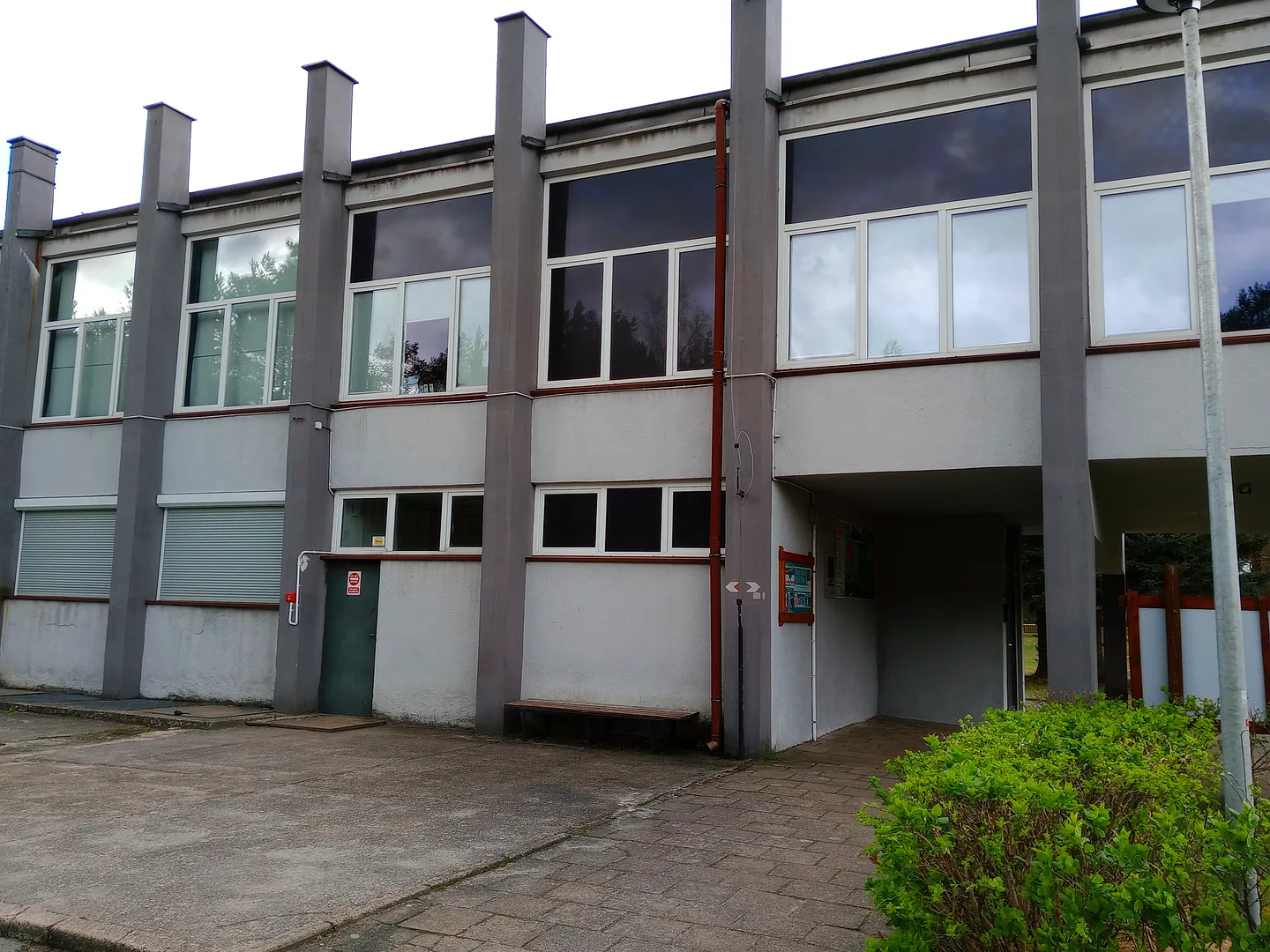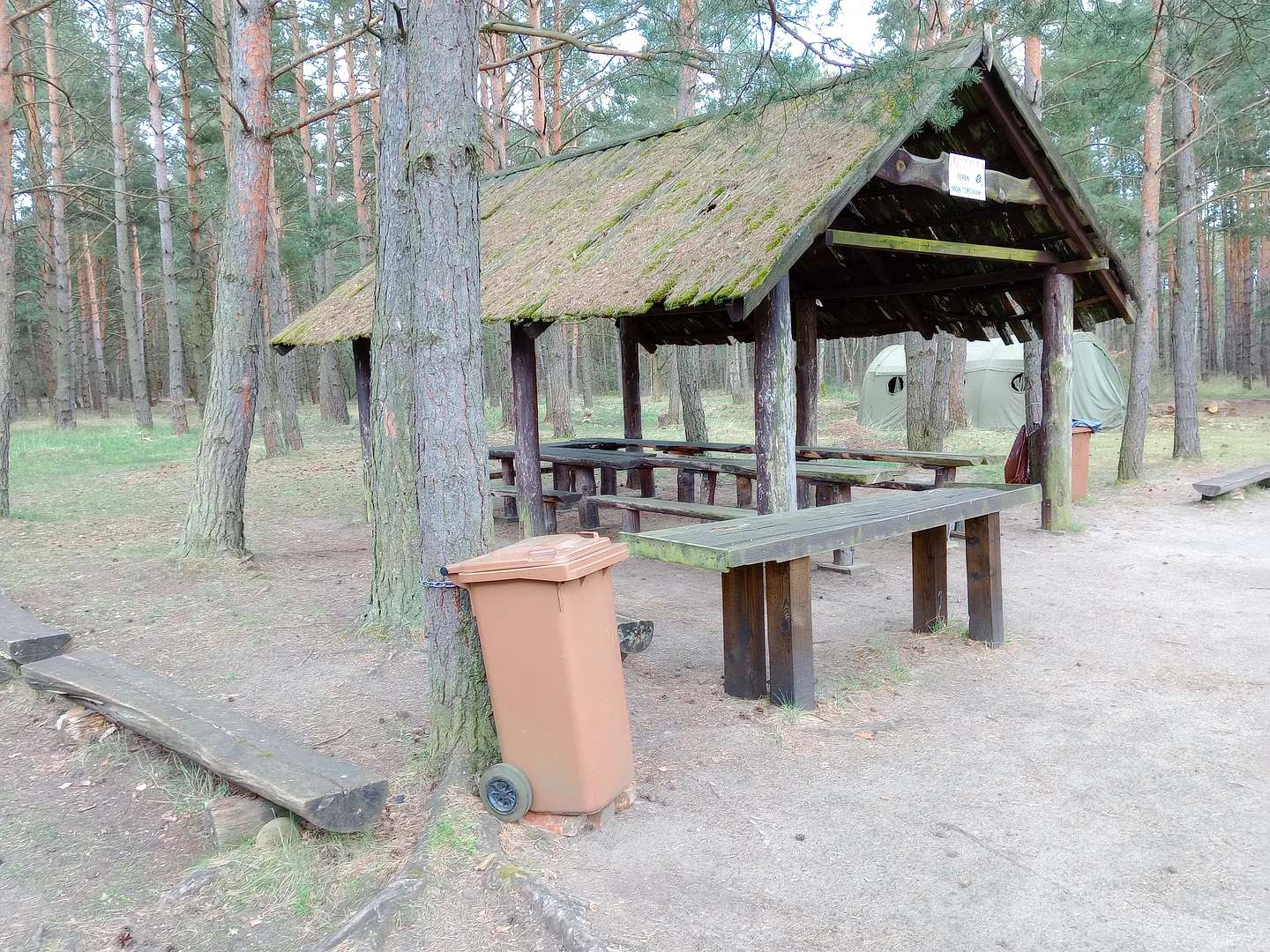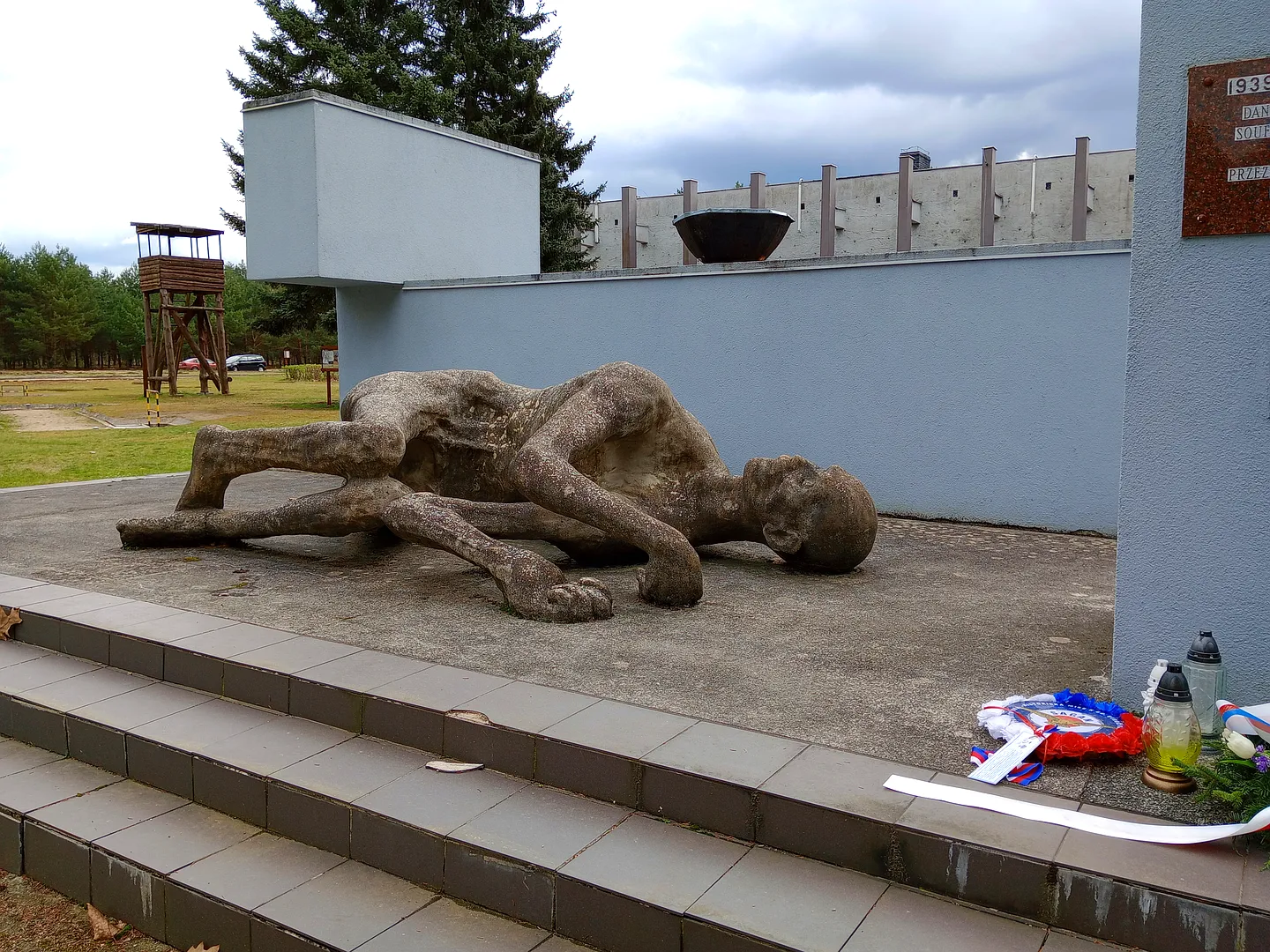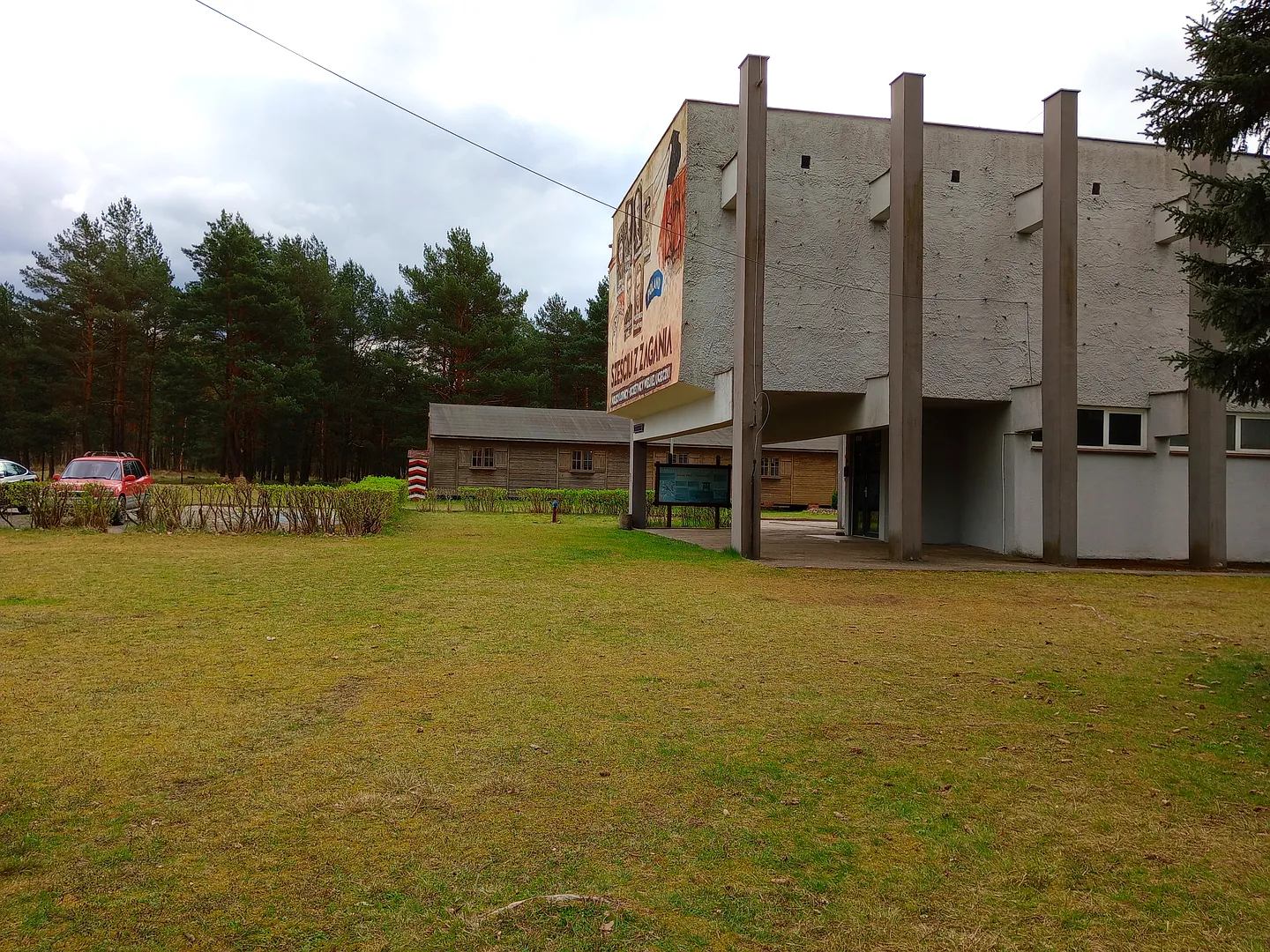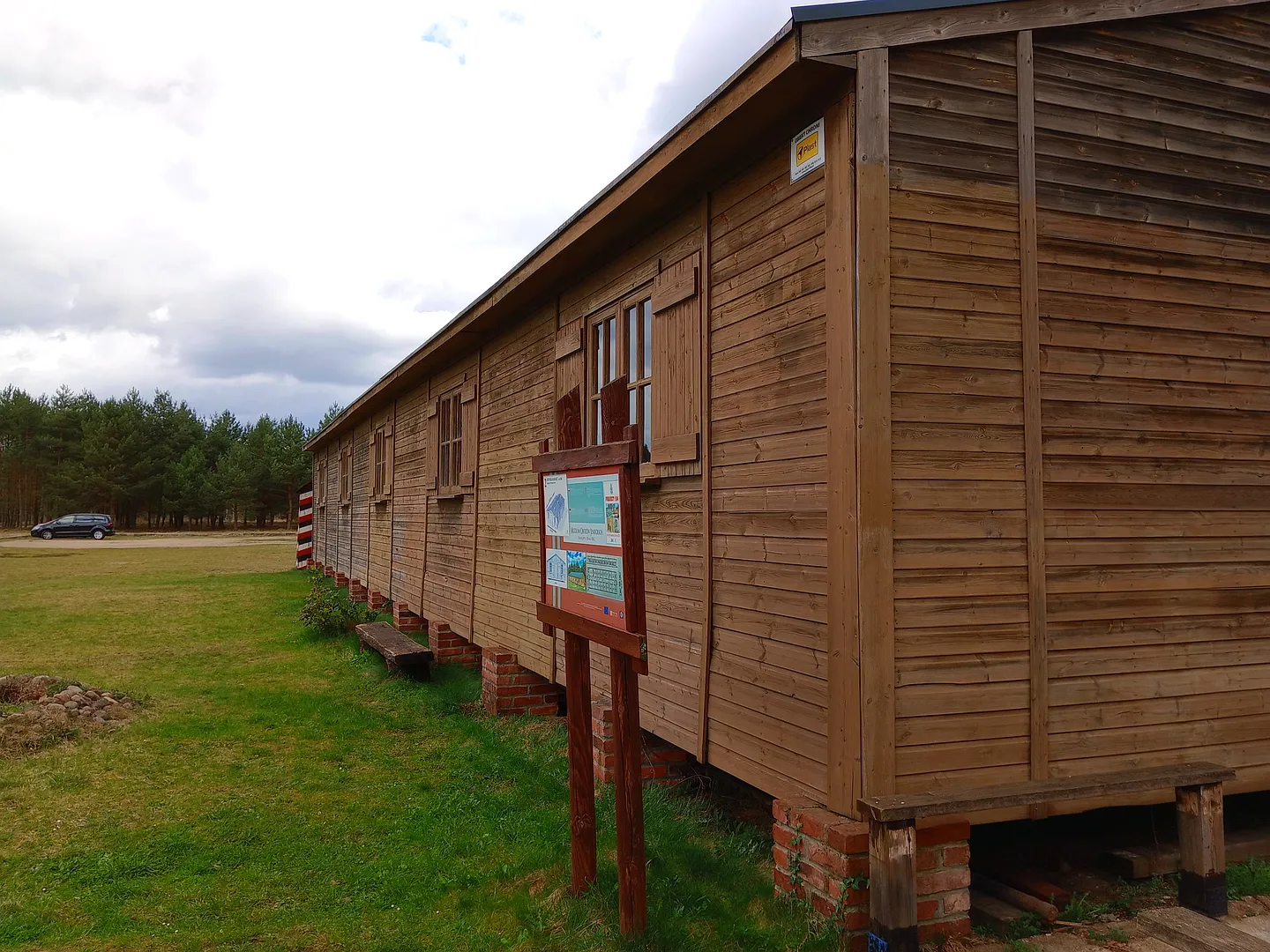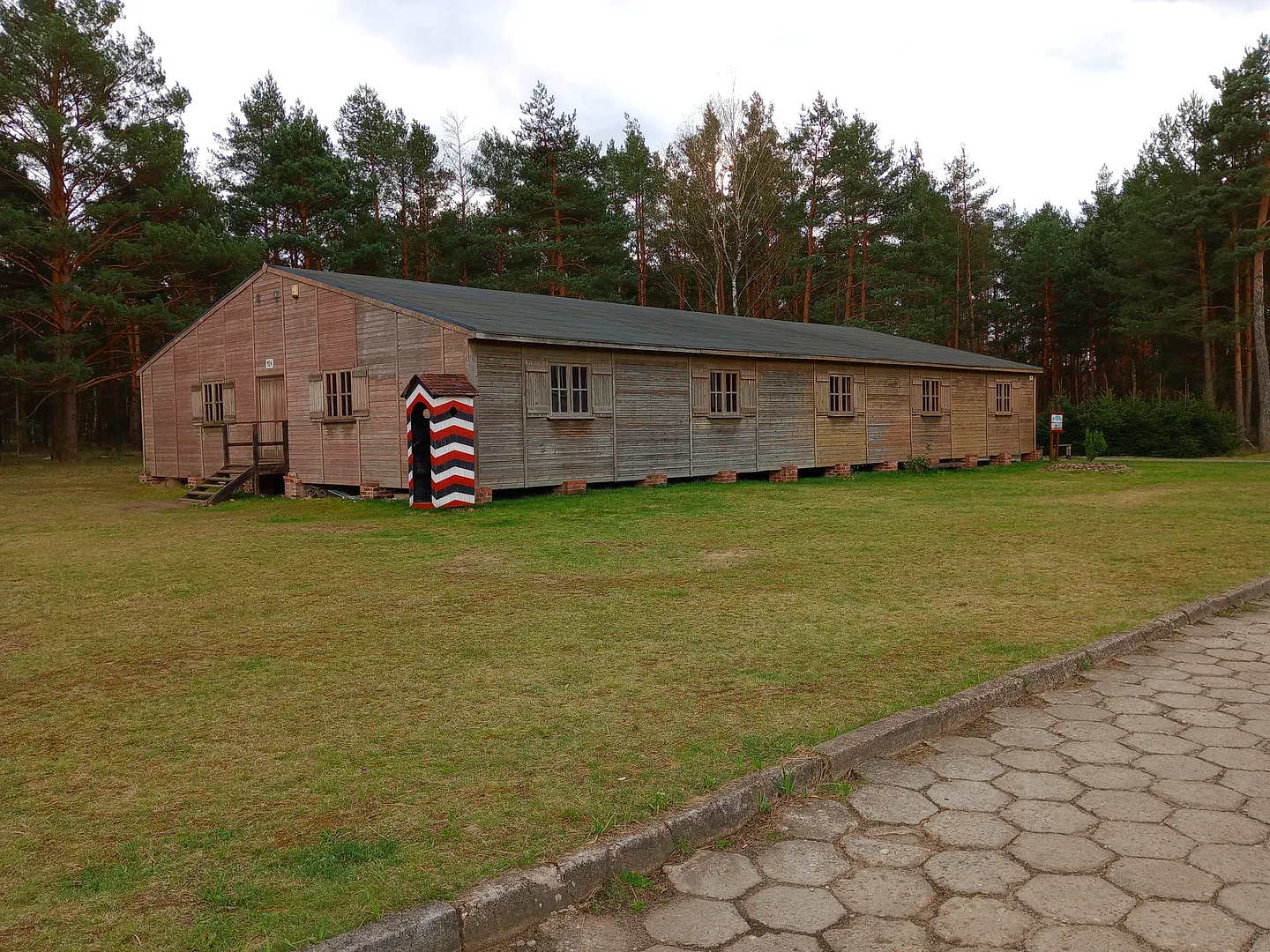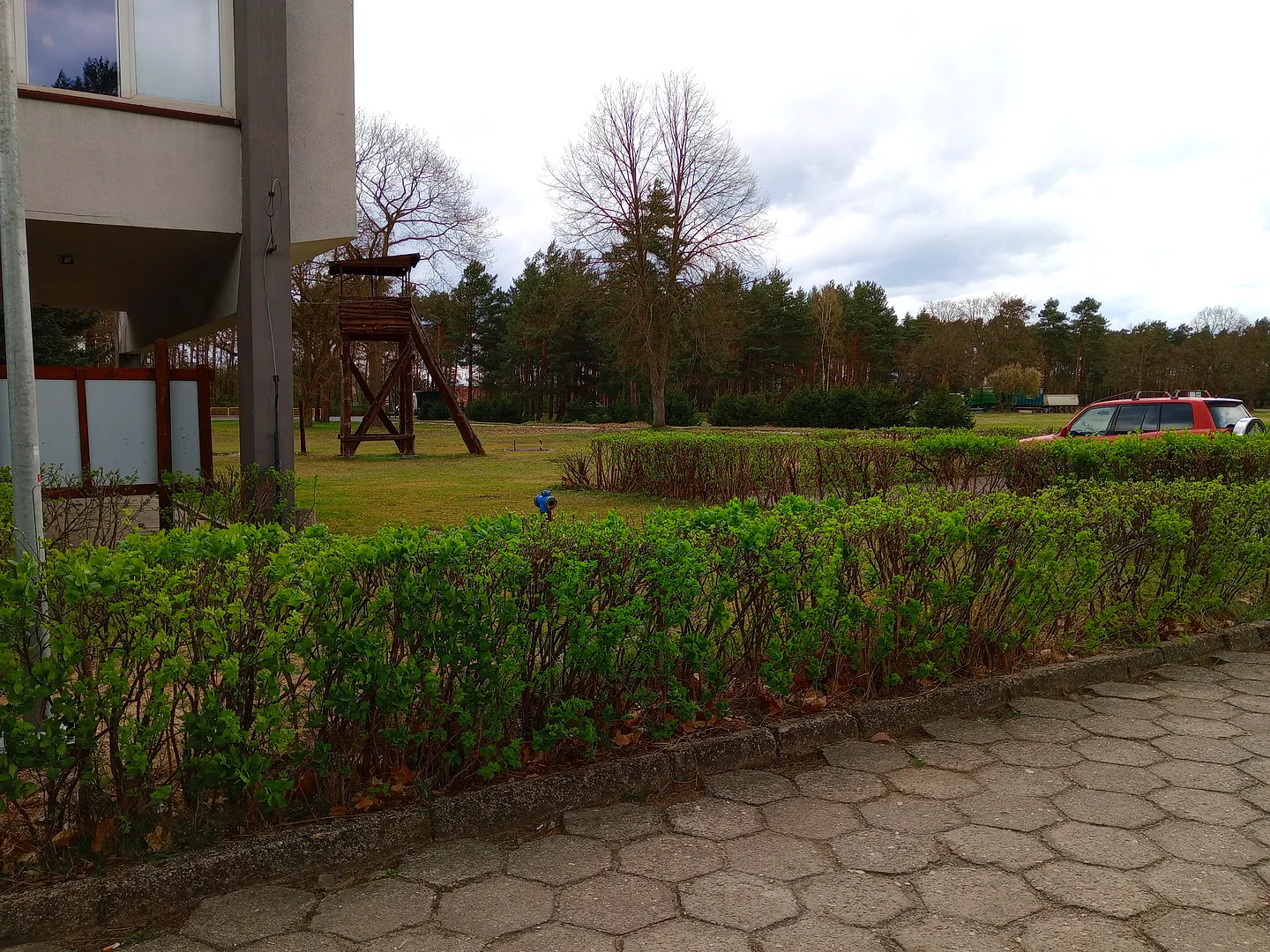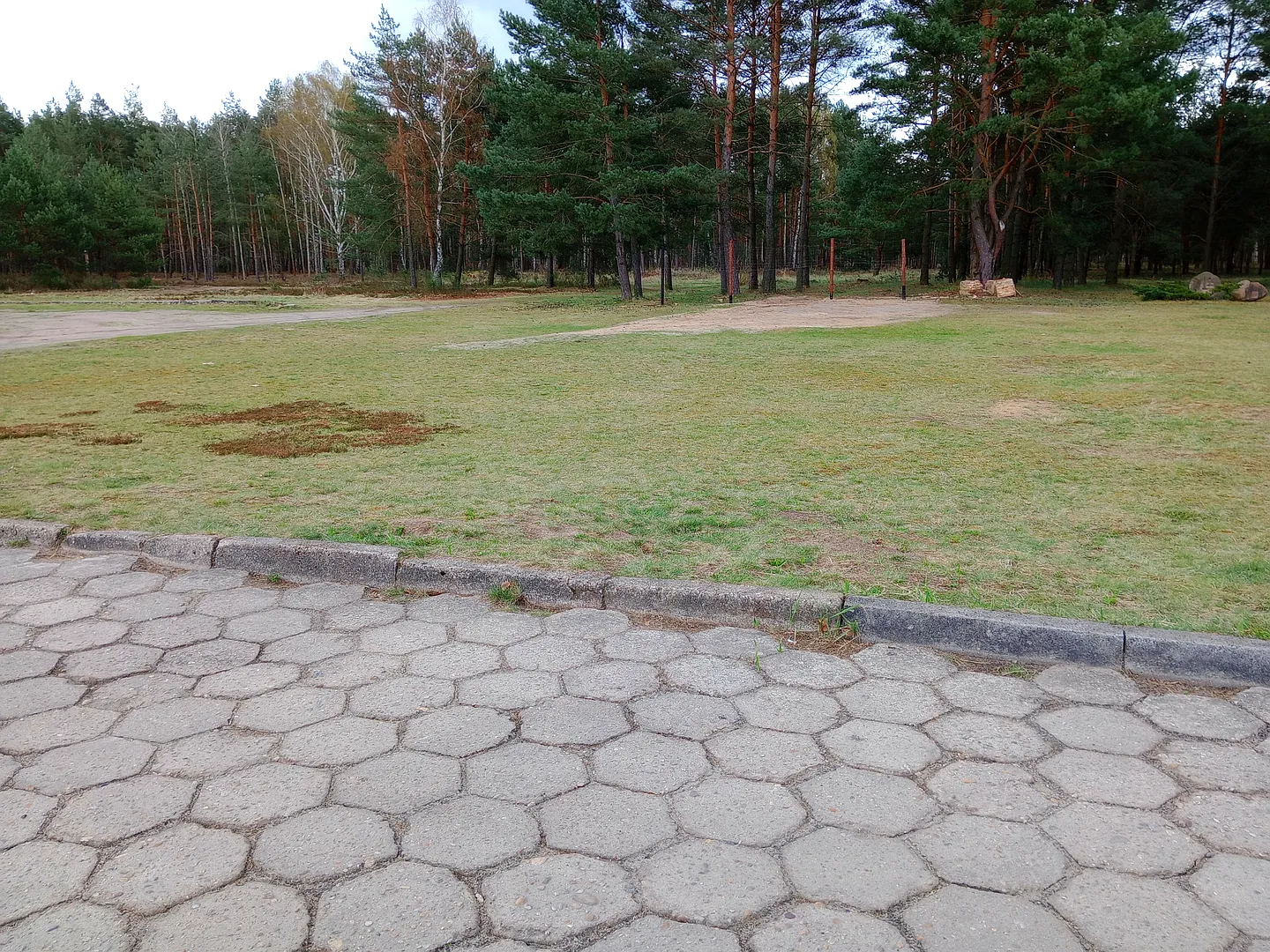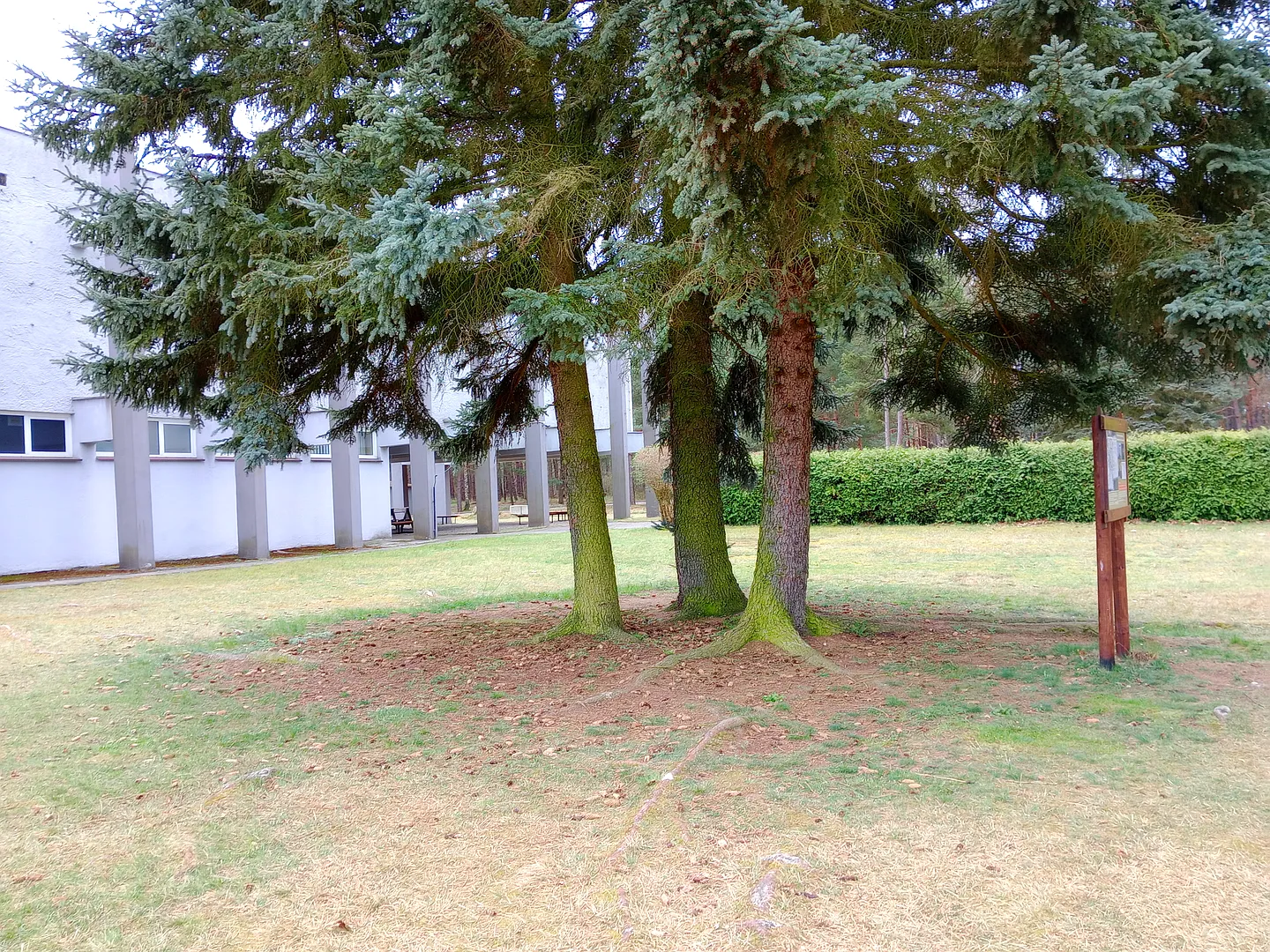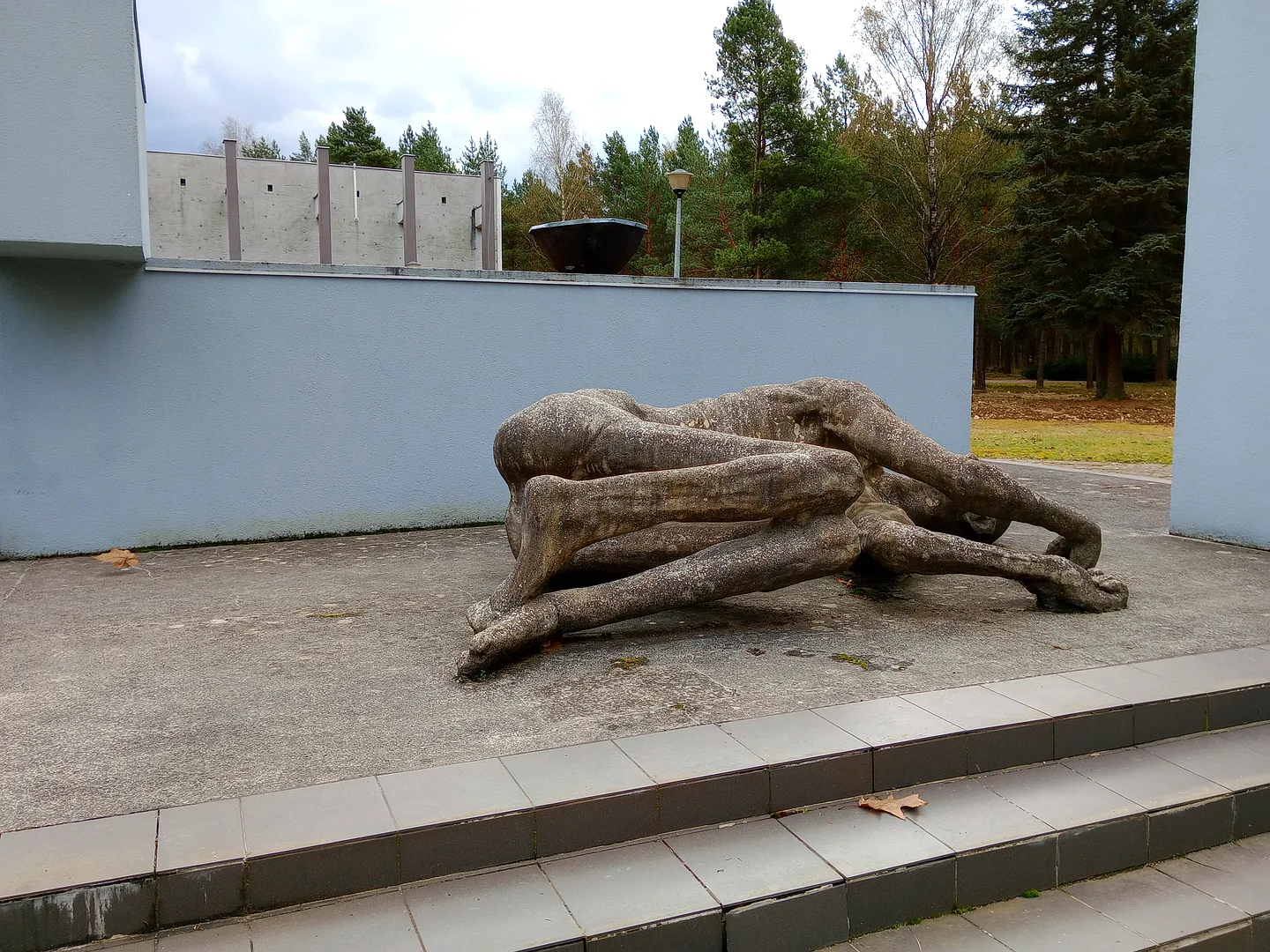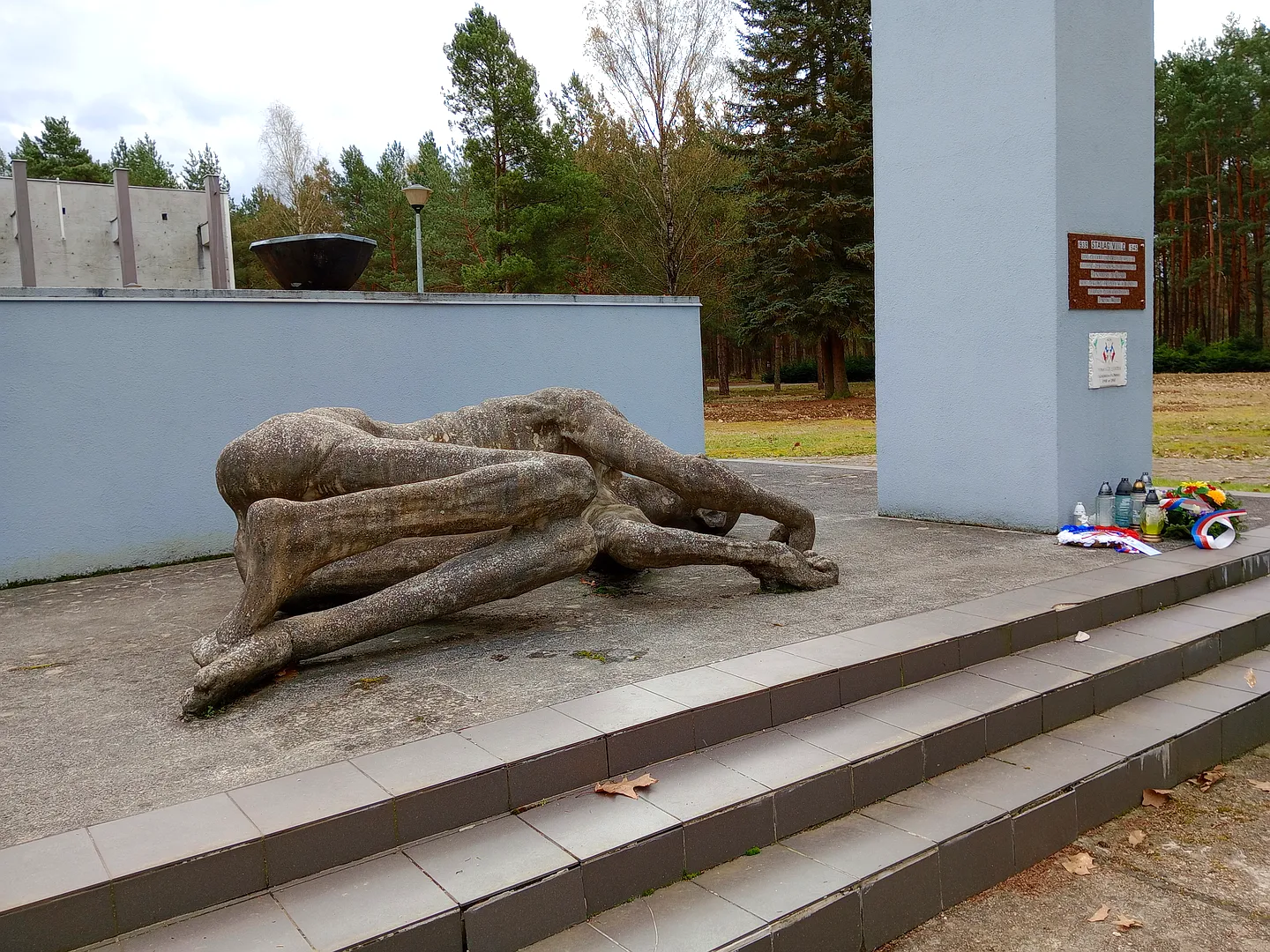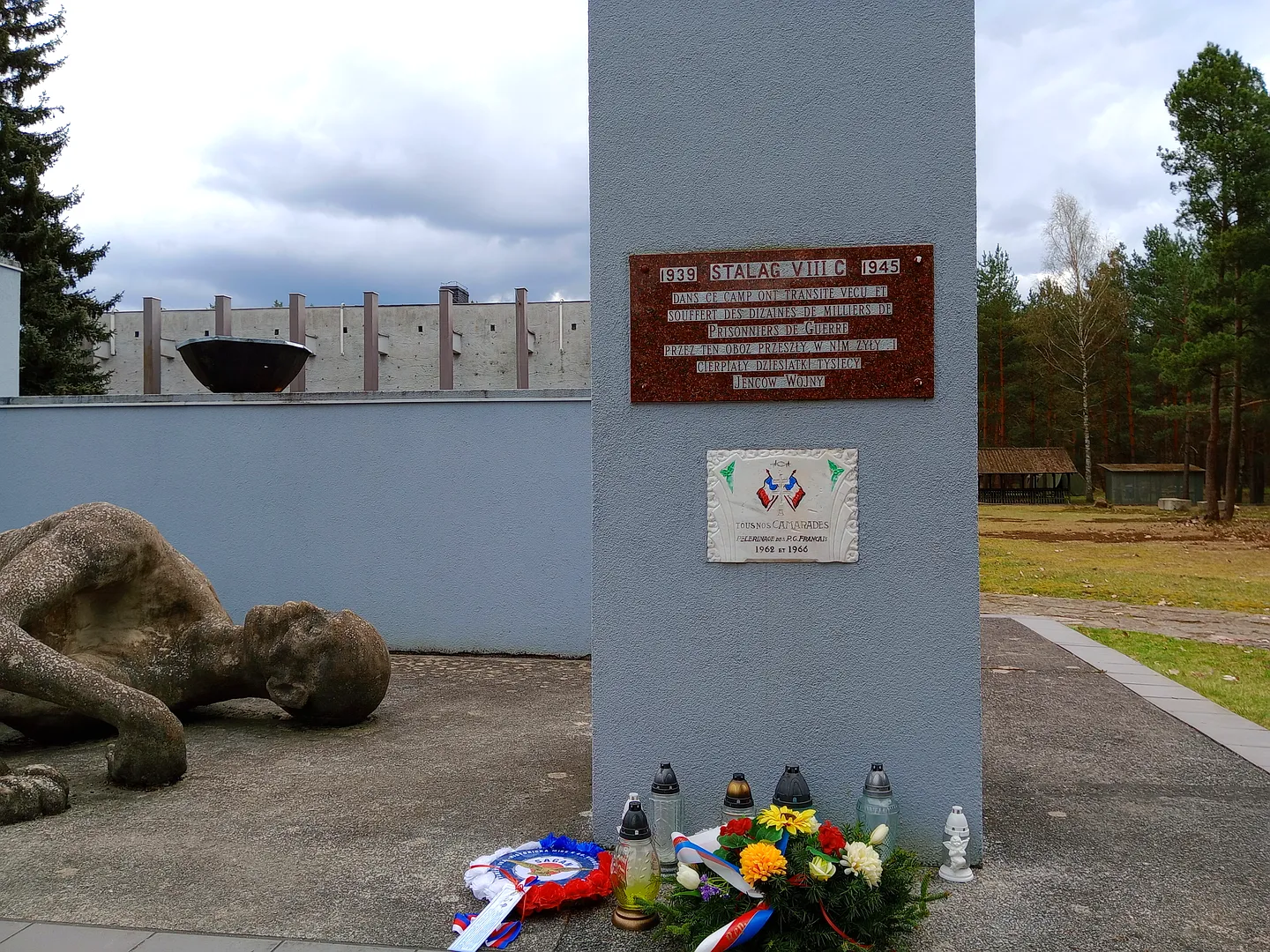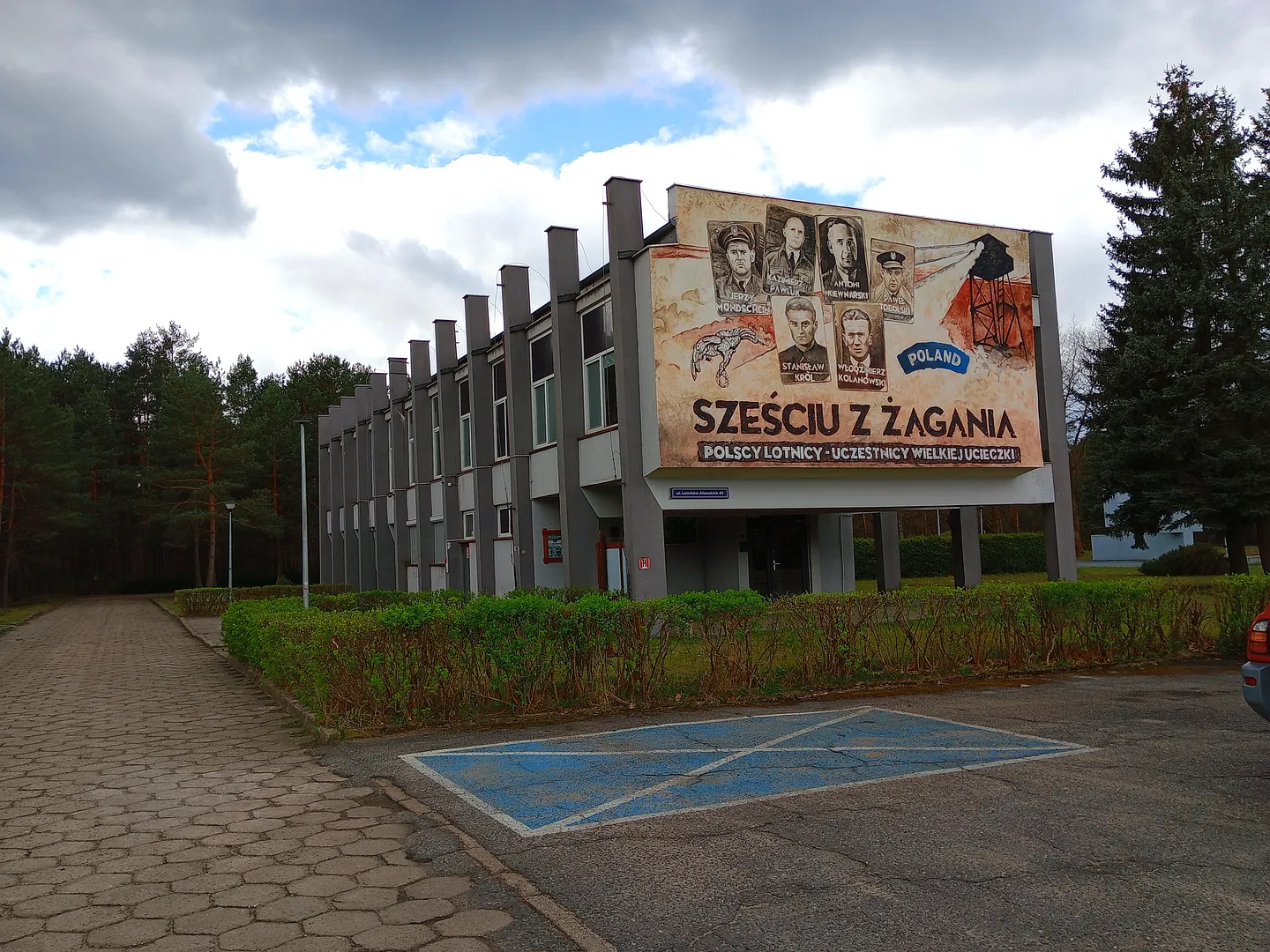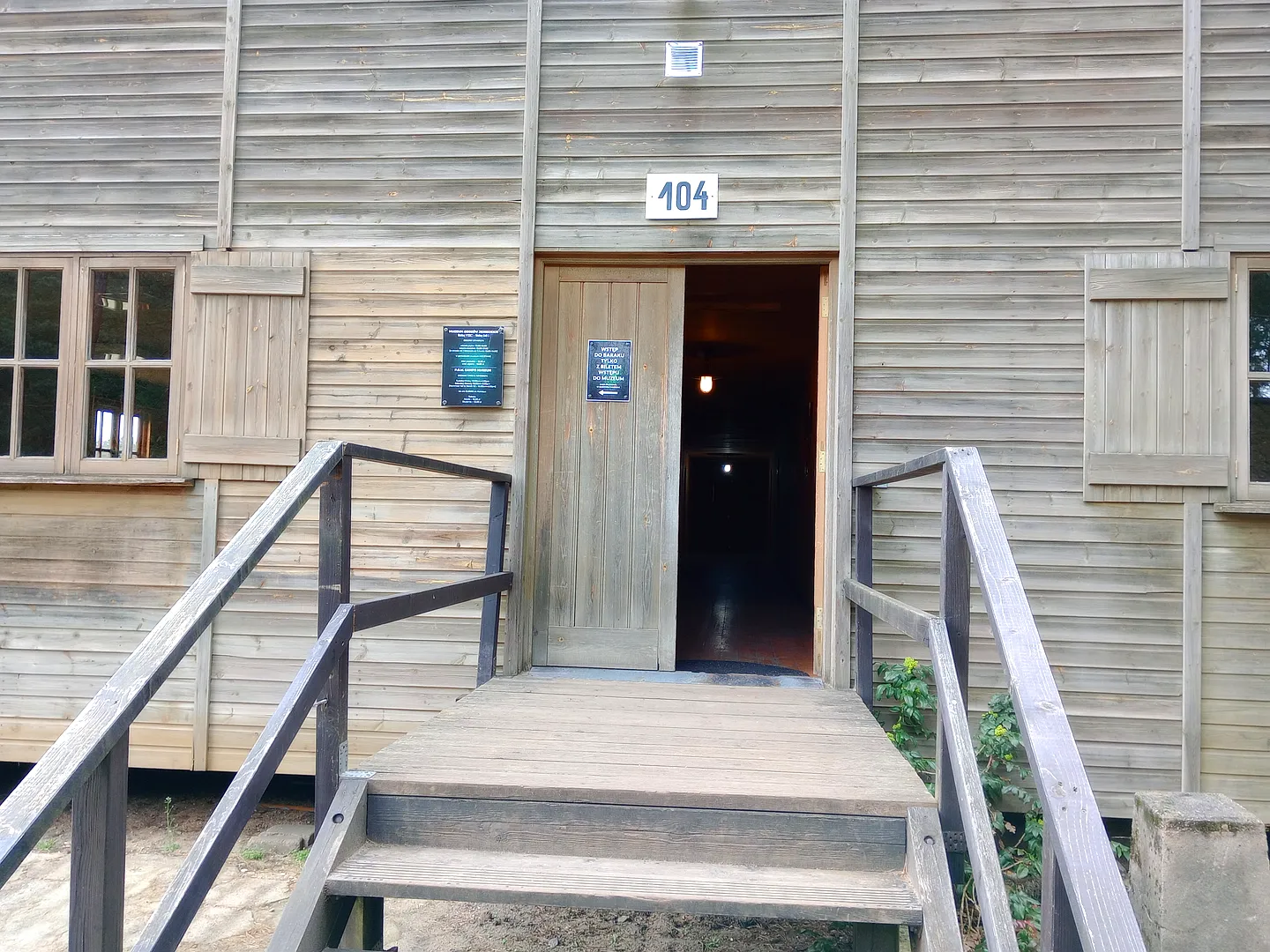Discovering the Lubusz region, a visit to the Museum of Prisoner-of-War Camps in Żagań, known in German as Stalag Luft III, is a must. Previously, it was known as the Museum of the Martyrdom of Allied Prisoners of War.
The museum, located on Lotników Alianckich Street, commemorates the history of Allied prisoners of war who were interned in this area by the Nazis. During World War II, two prisoner-of-war camps operated here: Stalag VIIIC and Kriegsgefangenen Stammlager der Luftwaffe III Sagan (with Sagan being the German name for Żagań in Polish).
The camp originally contained many barracks that no longer exist, but a reconstruction of one barrack has been created. This is now used to display museum exhibits related to this location. During guided tours, the museum guide explains how prisoners dug escape tunnels under heating stoves and carried the excavated sand in their trouser pockets, which they then dispersed while walking in the camp's yard.
The museum was established to honor the memory of these prisoners and their heroic escape attempt. They undertook a subterranean dig from their living quarters beyond the camp's perimeter to an exit located outside the guard towers and fencing. A special tunnel was excavated, fitted with electrical power, makeshift tracks, and a wooden trolley for removing the dug-out earth.
This extraordinary escape story of Allied airmen was depicted in the 1963 film "The Great Escape," directed by John Sturges.
Collections and Exhibits
The museum hosts various exhibits related to the lives and escapes of prisoners of war, including documents, photographs, personal items, and models of the camps. Visitors can see detailed reconstructions of the prisoner barracks and the tunnels prisoners used in their escape attempts.
The museum plays an important educational and commemorative role, reminding visitors of the tragic fates of the prisoners, as well as the heroism and solidarity shown by Allied soldiers. In 2009, the name was changed to the Museum of Prisoner-of-War Camps to better reflect the institution's broad range of activities.
Visiting
The museum grounds offer free parking and are quite extensive, allowing visitors not only to engage with history but also to enjoy walks surrounded by beautiful woodland. This provides an opportunity to reflect on the suffering of the soldiers imprisoned there.
